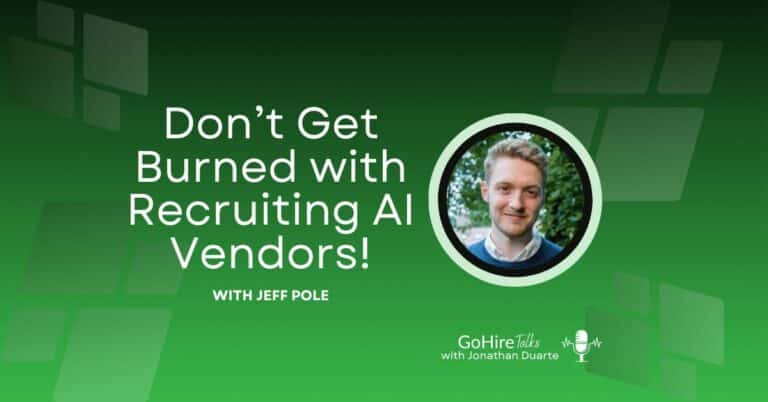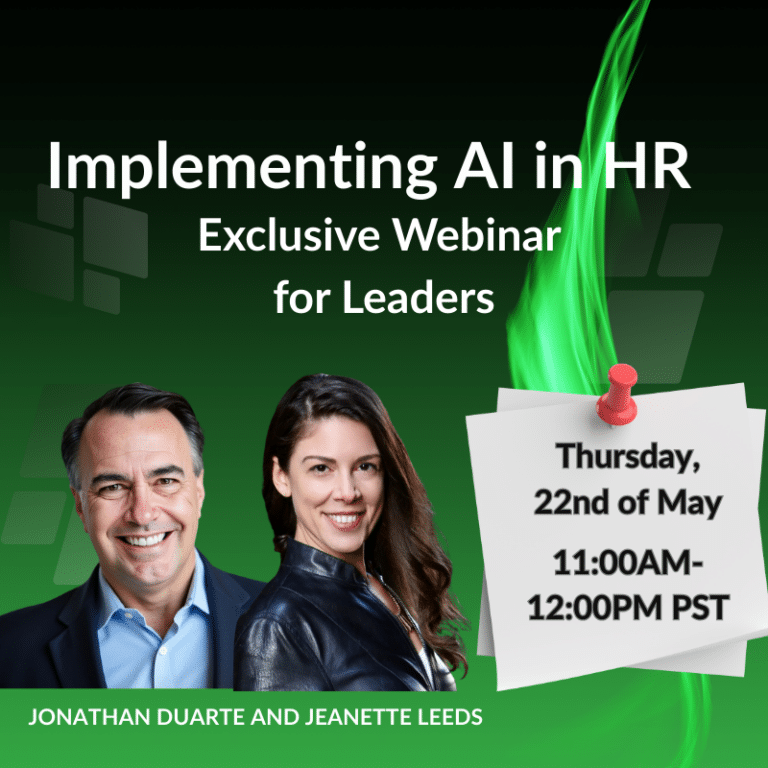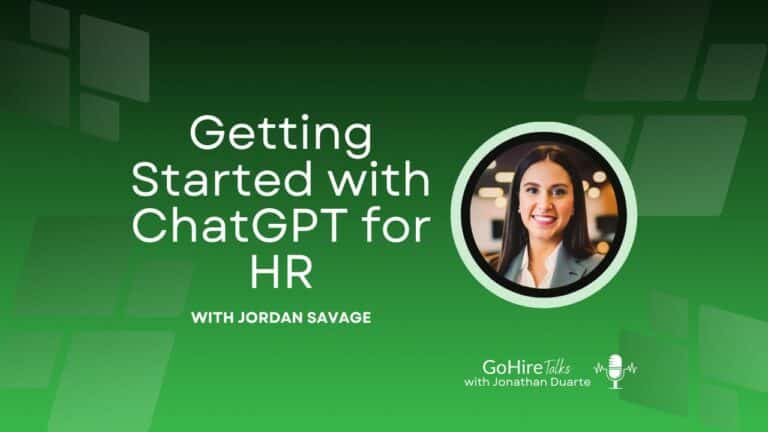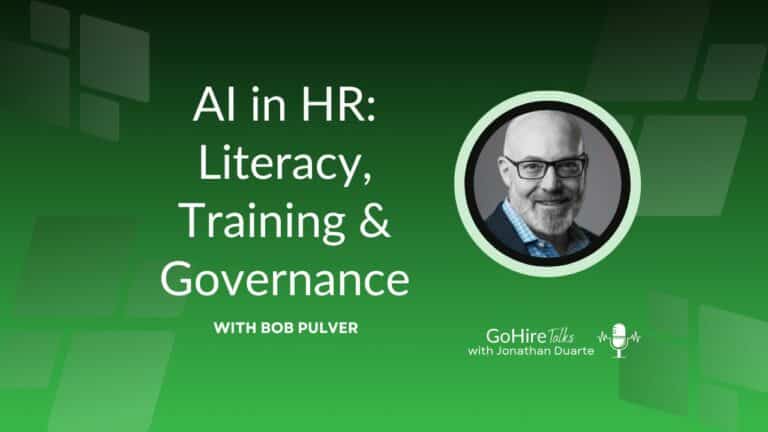Text Recruiting is the fastest way to engage and schedule candidates within manufacturing, [...]
GoHire Post and Resources
In this GoHire Talks episode, we dive into using AI in recruiting with Patrick [...]
Don’t Get Burned with Recruiting AI Vendors with Jeff PoleIn this episode of [...]
The AI Hype is here!
But, what’s real? What’s hype? What should you [...]
Getting Started with ChatGPT in HR doesn’t have to be intimidating—and in this episode of [...]
Navigating AI in HR isn’t optional anymore — it’s urgent.In this episode of GoHire Talks, I [...]
The Best Recruitment Chatbots for Recruiting in 2025Recruiting chatbots make it easy for [...]
Are you tired of spending long hours on repetitive and time-consuming tasks? Is productivity on [...]
What Recruiters Should Consider When Hiring People with Hearing Disabilities
The workplace is [...]









